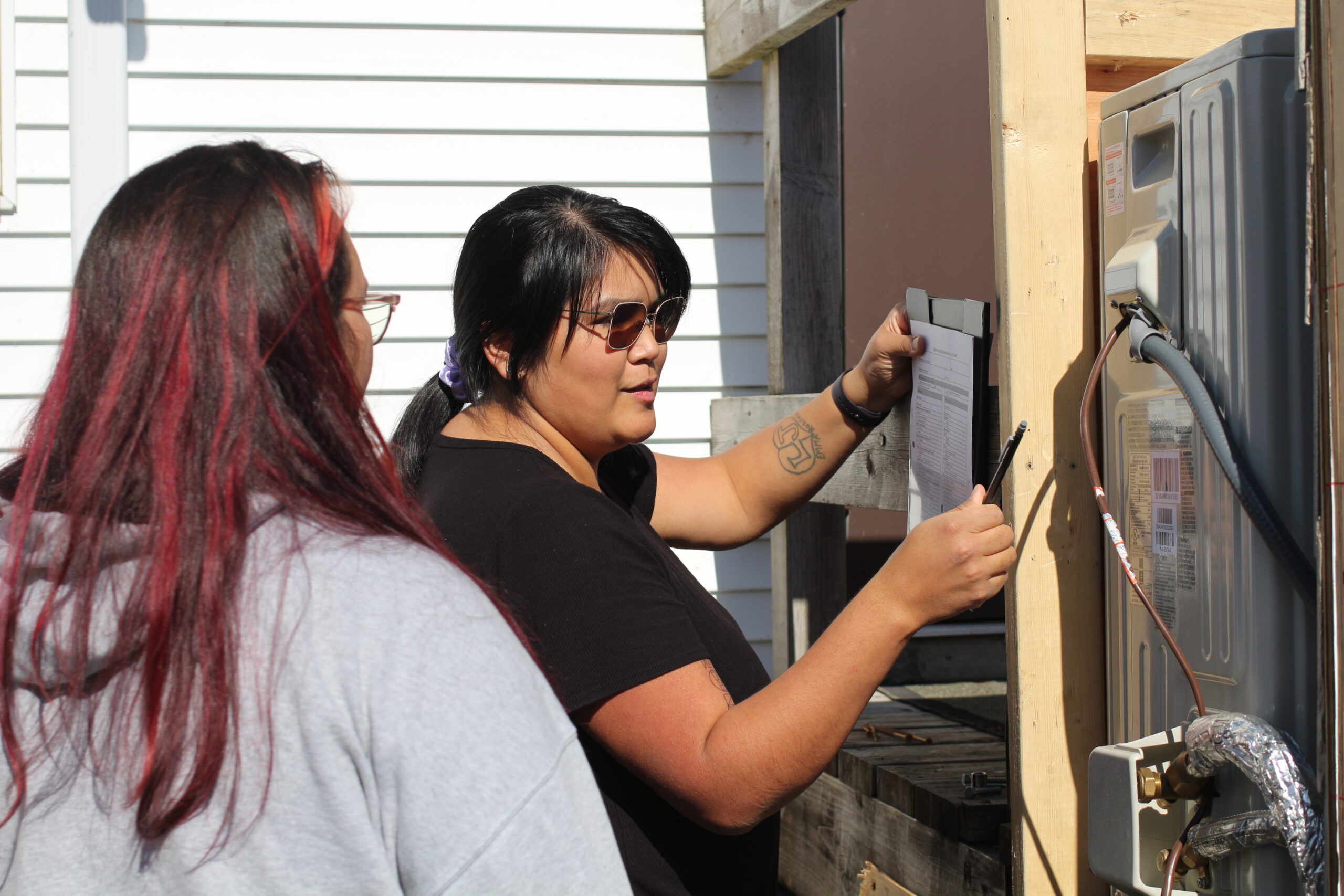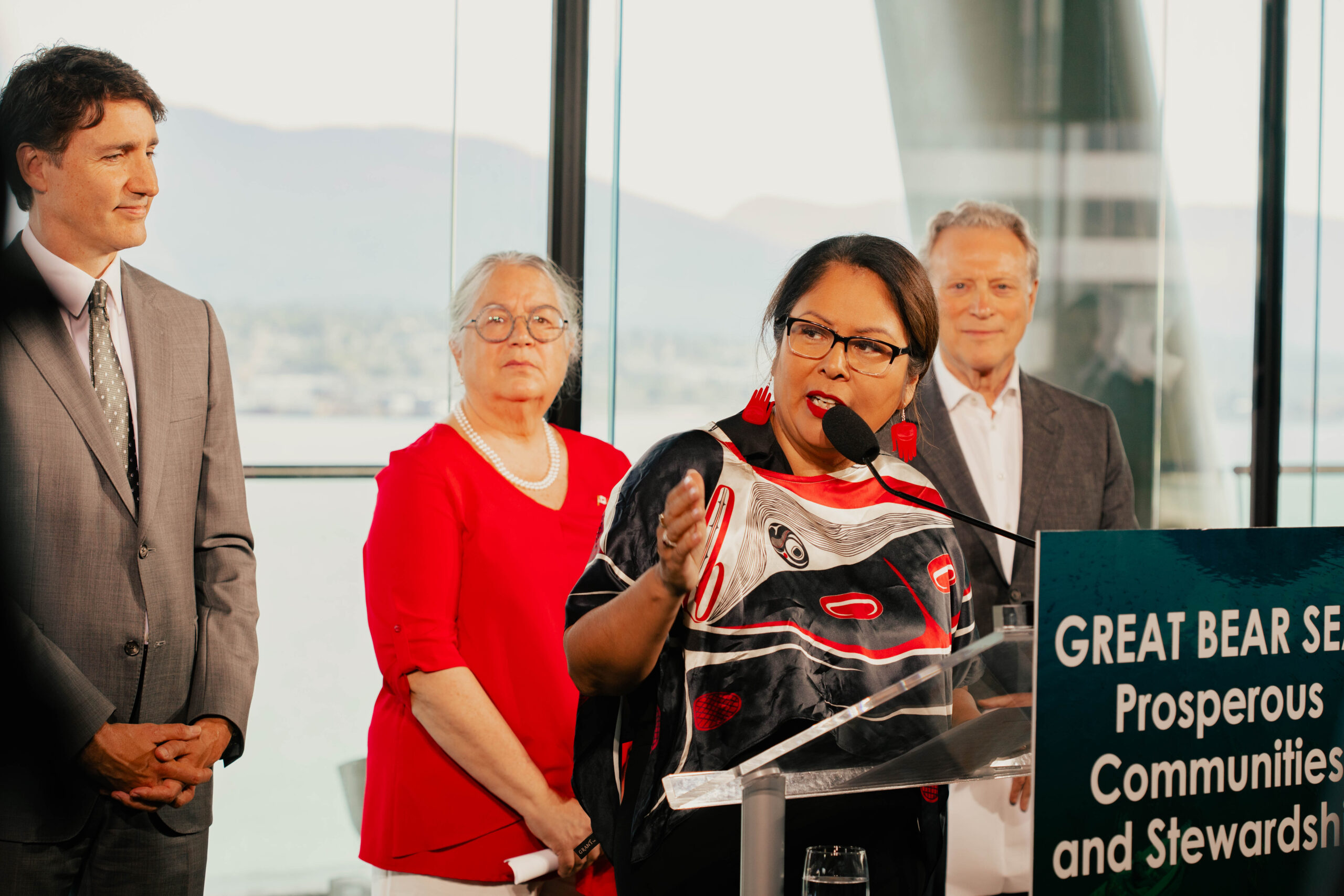In late May, three kayakers were swept into the still-frigid ocean near Bella Coola. Thanks to a quick response from the Nuxalk Coastal Guardian Watchmen and a local tour operator, their lives were saved. “It all turned out for the best, but it could have been much worse,” says Ernie Tallio, who manages the Nuxalk Guardian Watchmen team that was first to respond. “And even though it was a positive outcome, it was still very traumatic for the crew.”
It’s that kind of event that has prompted Tallio and other Guardian Watchmen managers to put a premium on safety procedures—not just to keep their crew members safe, but also to increase their effectiveness as first responders. In fact, leaders from all of the CFN stewardship offices had already met earlier that year in Vancouver with representatives from Raven Rescue, one of Canada’s largest safety companies, at a workshop organized by CFN’s Coastal Stewardship Network with the goal of enhancing safety protocols.
Together, the group brainstormed how to create an effective safety program that meets industry standards, but also considers the unique needs of each Nation. “There are many safety programs that look good on paper but don’t work well in the field,” explains Raven Rescue Executive Director Walter Bucher, which is why it was so important to get stewardship leaders together ahead of time. “Instead of having someone write up a bunch general-purpose safety protocols,” he says, “this was about giving the Nations the tools to create something specific to their communities.”
After those initial meetings, training coordinators from the Coastal Stewardship Network and Raven Rescue followed up with training visits and safety assessments in Nuxalk and Wuikinuxv territories, with plans for more community visits in the future. The training sessions focused primarily on identifying and mitigating workplace hazards, as well as safe boat operation and wilderness first aid—the latter geared for those who are more than one hour away from primary care, such as ambulances or hospitals, and need to focus on procedures that extend lives for as long as possible in these conditions.
Lena Collins, a Wuikinuxv Guardian who has taken part in Raven Rescue’s training, found the wilderness first aid extremely helpful. “They took us through scenarios, such as finding injured people and safely bringing them out of the wilderness, and showed us how to best handle each situation,” she says, adding that it’s important to do this kind of hands-on training regularly to stay up-to-date. “One thing that really became clear through the training is that you’re the one who is in control in any given situation, so it’s important to stay calm and think through actions,” says Collins. “It’s also important to respect the water and keep yourself out of dangerous situations.”
Those sentiments were echoed by Ernie Tallio, whose crew members vividly remember their real-life rescue of kayakers earlier this spring. But he’s quick to point out that in most cases, safety is about prevention, not heroic rescues. “It just comes down to good pre- and post-trip procedures and making sure that everyone follows them,” he says. “I’m lucky I’ve got buy-in from my crew and they’re all focused on following protocol and being safe.”
Tallio says the training with Raven Rescue was a great reminder for his team why it’s important to never get complacent when it comes to creating and following safety procedures. “We can’t rely on memory when doing our work, and sometimes it’s easy to fall into that trap because we know these areas so well,” he says. “The training is helping us develop safety procedures that ensure that never happens.”


